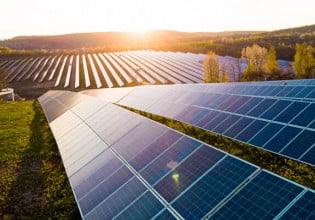Fuel Cell Technologies Ltd., the operating subsidiary of Fuel Cell Technologies Corp. (FCT, Kingston, ON), a leading developer and producer of solid-oxide fuel cell (SOFC) systems, announced that it has shipped three more systems in March, bringing the total number of systems shipped this year to four. One 5 kW SOFC system was shipped to the Federal University Itajuba (Brazil), and another to the National Research Council (NRC, Vancouver). A Balance of Plant system was shipped to Siemens Westinghouse Power Corp. (Pittsburgh).
The system at the Federal University Itajuba will be the first SOFC system tested in South America and was made possible by a grant by the Brazilian Funding Agency for Studies and Projects. The 5 kW system will run on natural gas, and researchers will evaluate its overall performance, specifically emissions, fuel consumption and efficiency. The system will also provide parameters to validate various SOFC modeling tools and serve as a demonstration system for Brazilian universities and energy companies.
A second 5 kW system was shipped to NRC's Institute for Fuel Cell Innovation (NRC-IFCI). The system will eventually provide electricity that will be used to power a ground source heat pump to provide climate control for the new NRC-IFCI building. The co-generated waste heat will be utilized for building services. Initially, the system will operate on natural gas and NRC-IFCI will also run the system on methanol during the course of the project.
Siemens Westinghouse will use the FCT system to test their new High Power Density (HPD) cells, which have been developed as part of their involvement with the United States Department of Energy's Solid State Energy Conversion Alliance (SECA) program. The 10-year, $500 million SECA program is dedicated to developing innovative, effective, low-cost ways to commercialize SOFC with a goal to create SOFC systems that can be mass-produced at a target cost of $400/kW. When incorporated into FCT's systems the HPD cells will allow for significant cost reduction, partly due to the increased power density, which will therefore require fewer cells. The HPD cells are also smaller, decreasing system volume and reducing the amount of expensive high temperature components required to build the generator.






